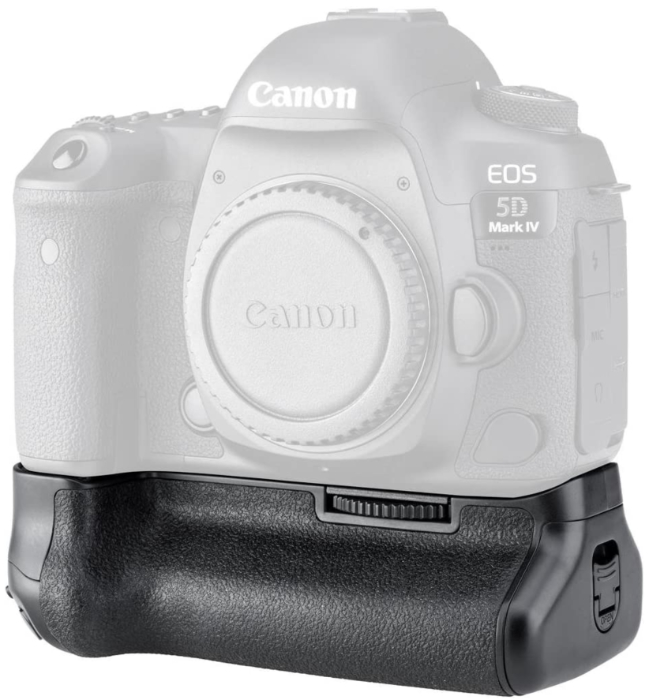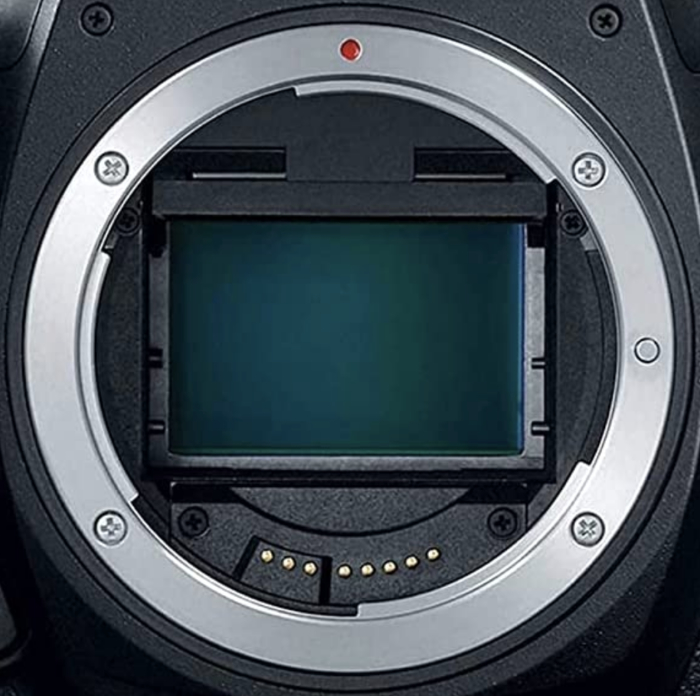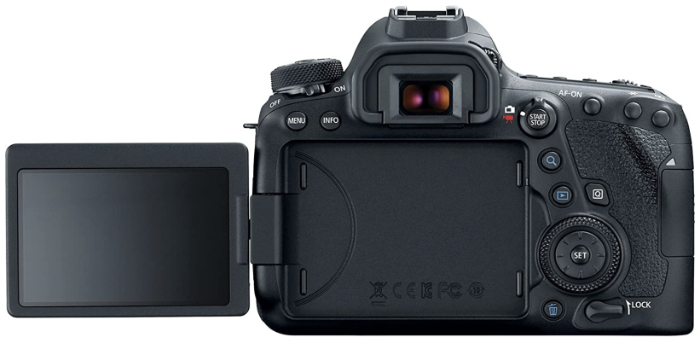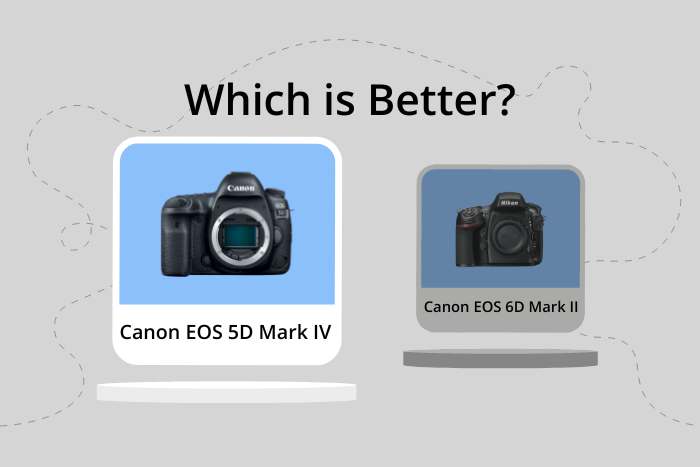Canon EOS 5D Mark IV vs EOS 6D Mark II Comparison
Canon EOS 5D Mark IV
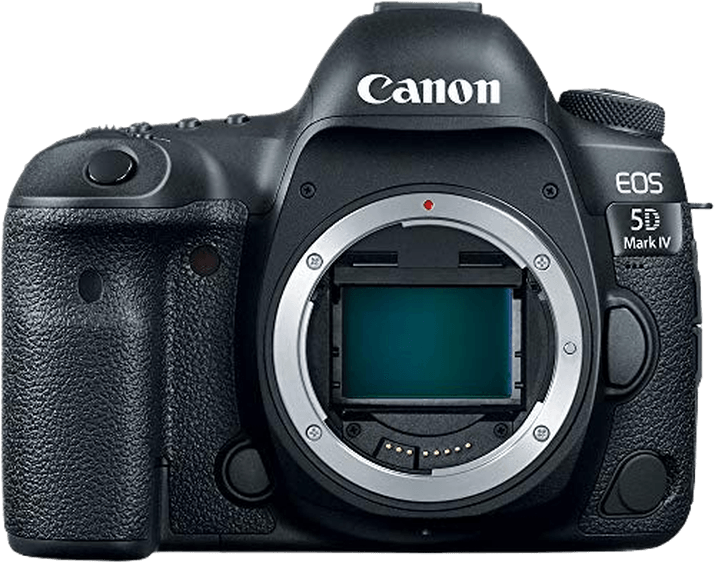
Canon EOS 6D Mark II
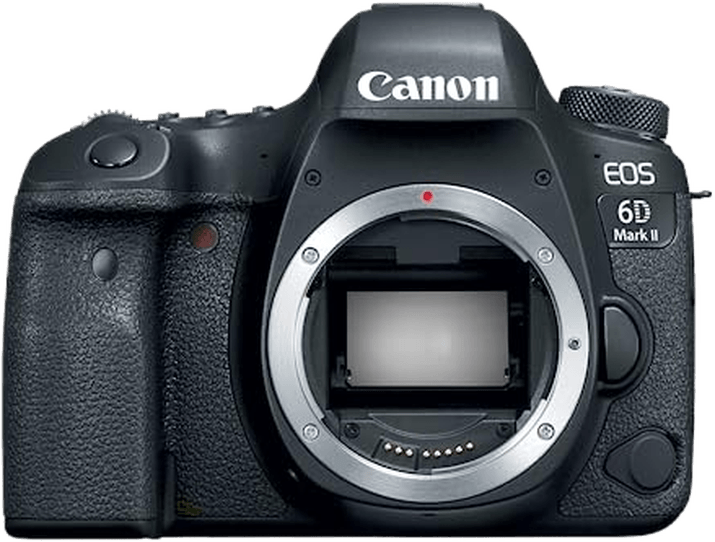
Canon 6D Mark II vs 5D Mark IV Overview
In a battle between the Canon EOS 5D Mark IV vs Canon EOS 6D Mark II, who wins?
If you’re wondering what is the difference between the Canon EOS 5D Mark IV and the Canon EOS 6D Mark II, then you’re not alone. In some ways, this pair of upgrades from the world’s biggest DSLR manufacturer poses a difficult choice.

Canon EOS 5D Mark IV
Overall, we’ve chosen the Canon EOS 5D Mark IV as the winner in this head-to-head. But it wasn’t a one-sided romp home. Read on to find out what tipped the scales.
Body and Handling
If you’ve never used a full frame DSLR before, then this is going to be an experience. Both the Canon EOS 6D Mark II and the EOS 5D Mark IV are substantial, solid bits of kit. The EOS 5D Mark IV is slightly bigger and heavier, but both impress with their full frame solidity.
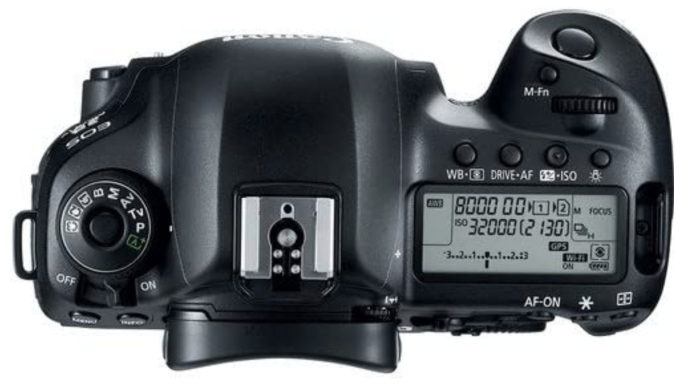
The extra size is partly governed by the chunkier grip on the 5D. And the grip will be something that is down to personal preference. With a heavy camera, I like a chunky grip. Although, I also use the Peak Design Handstrap, especially with the battery grip. If you have smaller hands than me (mine aren’t huge), then the Canon EOS 6D Mark II might suit you better.
It’s fair to say that with both these cameras, you won’t be slipping them in your pocket for a casual day of sightseeing.
What do you get with both cameras? A solid, rugged construction. The Canon EOS 6D Mark II chassis is made from aluminum alloy with some polycarbonate elements. This is partly what accounts for its lighter weight. The EOS 5D Mark IV chassis is made from a manganese alloy for extra strength.
Both have some measure of environmental sealing, but the Canon EOS 5D Mark IV has a higher level of protection. This makes sense, as it is aimed more unashamedly at the professional camera market. In that world, you need a good level of protection. Of course, neither is waterproof in the way that an action camera is.
Controls
There are many similarities between the Canon EOS 6D Mark II and the EOS 5D Mark IV controls. The top of the bodies look very similar, with an LCD information screen. This gives you all the basic data you need quickly—exposure settings, focus mode, Wi-Fi status, and drive mode.
One main difference is that the 5D has four buttons, three of which are dual-function. The 6D Mark II has five, but all are single-function. This leaves white balance and flash exposure compensation missing from this rapid reach.
Both have easy right-thumb access for AF on, exposure lock, and AF point selection. They also share the two control-wheel setup. One sits behind the shutter button, and the other is on the rear panel.
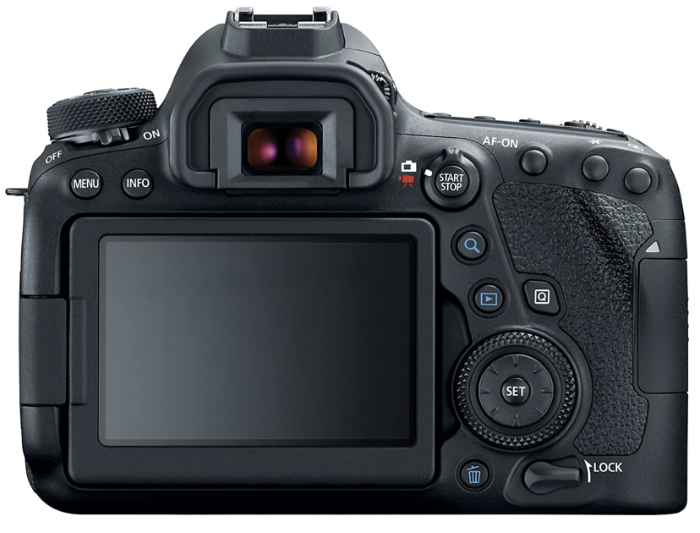
This rear panel has more significant differences. The articulating screen on the Canon EOS 6D Mark II means there aren’t buttons to the left of the main screen. (Because that’s where the hinge is.) With the EOS 5D Mark IV, all the playback buttons are there, along with the delete, magnify, and rate buttons.
The Canon EOS 5D Mark IV has a larger screen with better resolution. Both screens are touch-sensitive. A big advantage of the 5D is the joystick controller that sits perfectly under the right thumb. It is well-named, as it is a joy to use. Canon’s newest EOS cameras have improved on it with buttons you swipe. But between these two cameras, this is a win for the EOS 5D Mark IV.
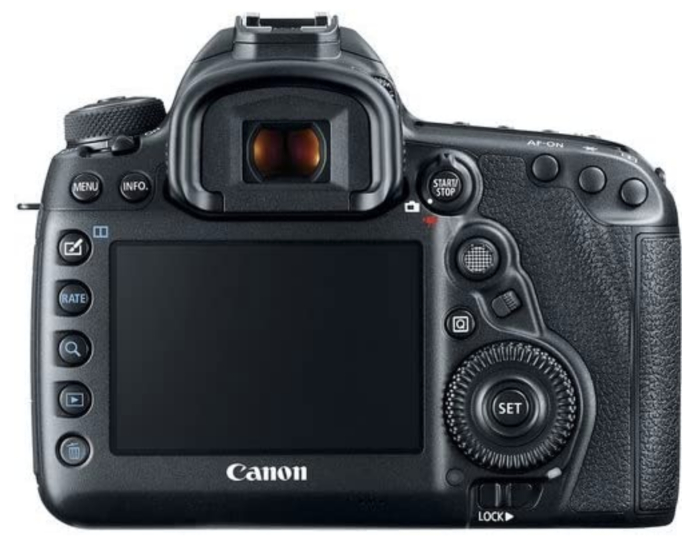
Time for the Canon EOS 6D Mark II to win. The articulating LCD screen is a bonus. There is a sniffiness about articulating screens on “serious” DSLRs. But I think it’s misplaced. They are an absolute boon for landscape photography and for many video needs. If you work in either of these fields, then the 6D Mark II wins on this count.
When using the optical viewfinder, both cameras benefit from clear, bright optics. They have diopter adjustments for spectacle wearers. The EOS 5D Mark IV has full 100% image coverage, which is better than the EOS 6D Mark II’s 98%.
Overall, though, the Canon EOS 5D Mark IV is the winner in this category. The additional controls make it an easier camera to use.
Canon EOS 5D Mark IV vs Canon EOS 6D Mark II Optics
Sensor and AF
As you’d expect from a Canon EOS DSLR with a full frame sensor, you will get excellent image quality from either of these Canon EOS cameras.
There are some differences. The EOS 5D Mark IV has 4 MP more than the EOS 6D Mark II. This isn’t a huge gulf, but it is 15% more pixels. In everyday use, there won’t be many times that this is critical. But at large magnifications, there will be times when you notice the difference in image quality.
The Canon EOS 5D Mark IV has 61 AF focus points, compared with the EOS 6D Mark II’s 45. All of the 6D Mark II’s focus points are cross-type. The 5D has 41 cross-type AF points. Both cameras use a Dual Pixel CMOS AF sensor, and both have contrast and phase detection. In both cases, the same two-system AF is also available in Live View.
ISO & Dynamic Range

Both cameras have a standard and expanded ISO range, and they both start at 100 and 50 respectively. The top of the expanded range is the same at 102,400. But the EOS 6D Mark II pips its stablemate with a 40,000 top ISO (compared with 32,000).
This is only 1/3 of a stop, so it’s not a deal-breaking difference, I would suggest. And at the expanded 102,400 ISO, both perform exceptionally well.
The Canon EOS 5D Mark IV has a dynamic range of 13.6 EV, which will serve you well in most circumstances. The EOS 6D Mark II, however, has a little bit of an Achilles’ heel here. At less than 10, its dynamic range is disappointing. This could be a deciding factor for your camera choice.
Canon EOS 5D Mark IV vs EOS 6D Mark II Video Performance
There are some clear difference between these two contenders when it comes to video. The EOS 6D Mark II has no 4K video and records only to MP4 file formats. Its 1080p video can be shot at 30 fps.
On the other hand, the Canon EOS 5D Mark IV offers 4K MOV video at 30 fps. It also has 1080p at 60 fps, or even 780p at 120 fps. The 1080p/60 fps combination is also available for MP4 files, if that’s what you need. So there is some scope here for slow-motion videos, even if not at full 4K.
There’s one caveat. The EOS 5D Mark IV uses a crop factor of 1.74 with its 4K video, making wide-angle shooting more of a challenge. On top of that, it is in video work that the lack of an articulating screen is most keenly felt.
In the 5D’s favor is the provision of a microphone and headphone socket. The 6D Mark II has only the microphone input. While this is by far more important for video work, the headphone socket is a great benefit in the field.
Canon EOS 5D Mark IV vs EOS 6D Mark II Features and Benefits

Both these cameras are revisions of a previous offering. With the Canon EOS 6D Mark II, there is only the original 6D to compare with. This was an important camera for Canon, bringing a full frame sensor to a lighter-weight DSLR. It wasn’t pitched at the professional or more-money-than-sense enthusiast. It was at a price point that could appeal to the more fiscally conservative amateur.
The Canon EOS 5D Mark IV has the weight of legacy on its shoulders. The Mark III was immensely popular, and the workhorse of many professionals.
Both models succeeded in proving worthy successors. There is a substantial price gap between them. So the burning question is whether the EOS 5D Mark IV is worth the substantial extra money. The reasons it might be are:
- Bigger sensor
- More AF points
- Bigger, clearer screen
- 4K video
- USB 3.0
- Headphone socket
- Dual card slots (SD & CF)
Conversely, the Canon EOS 6D Mark II has these features which are possibly more attractive:
- Lighter
- Articulating screen
- Bluetooth
Both of them have NFC and Wi-Fi for easy file transfer and remote control via Canon’s app.
Canon EOS 5D Mark IV vs EOS 6D Mark II Storage and Battery
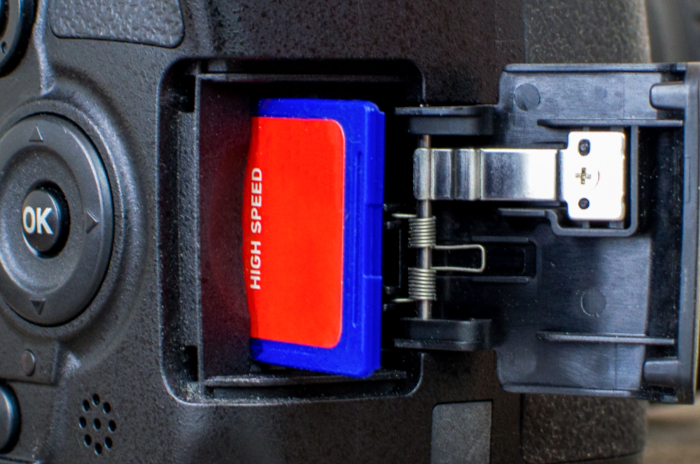
One of the big differences between these two cameras is under the little flap on the side. In the case of the EOS 6D Mark II, it is a very little flap. That’s because the EOS 6D Mark II only takes one memory card.
Professional photographers like having two memory card slots. It’s rare, but memory cards do go bad. And you almost never find out until it’s too late.
With two cards, you can increase capacity by recording to one then the other. Or you can record separately (RAW to one, JPEG to the other). Most usefully, though, you can record the same to both. That way, if one fails, you have a backup.
So it’s a big plus for the EOS 5D Mark IV that it has dual card slots. It shows its age in not having a CFexpress slot, though.
The same battery fits both cameras, but the EOS 6D Mark II has a longer battery life. It squeezes 30% more shots from it. This seems a dramatic difference, but in practice, it probably makes no difference for a professional. They would never consider having only one battery. And two batteries in either of these cameras will last longer than you can take photos for.
Canon EOS 5D Mark IV vs EOS 6D Mark II – Our Verdict
My camera-savvy school colleagues looked at me suspiciously when I bought the EOS 5D Mark IV’s predecessor. They didn’t know of my plan to “turn pro.” For an enthusiast, the price difference between the EOS 5D Mark IV and EOS 6D Mark II is huge. It allows you to buy a quality L Series lens.

Canon EOS 5D Mark IV
So, in a comparison like this, you have to decide if the advantages of the EOS 5D Mark IV are worth it to you. It beats the EOS 6D Mark II in most areas. But both cameras will reliably give you years of great service and fabulous image quality.
What Camera is Better Than the Canon EOS 5D Mark IV?
Do you fancy staying full frame, but moving to mirrorless? The Canon EOS R6 is a fantastic camera and sits nicely between these two DSLRs pricewise.
If you want to check out some more comparisons for inspiration, why not start with these:

